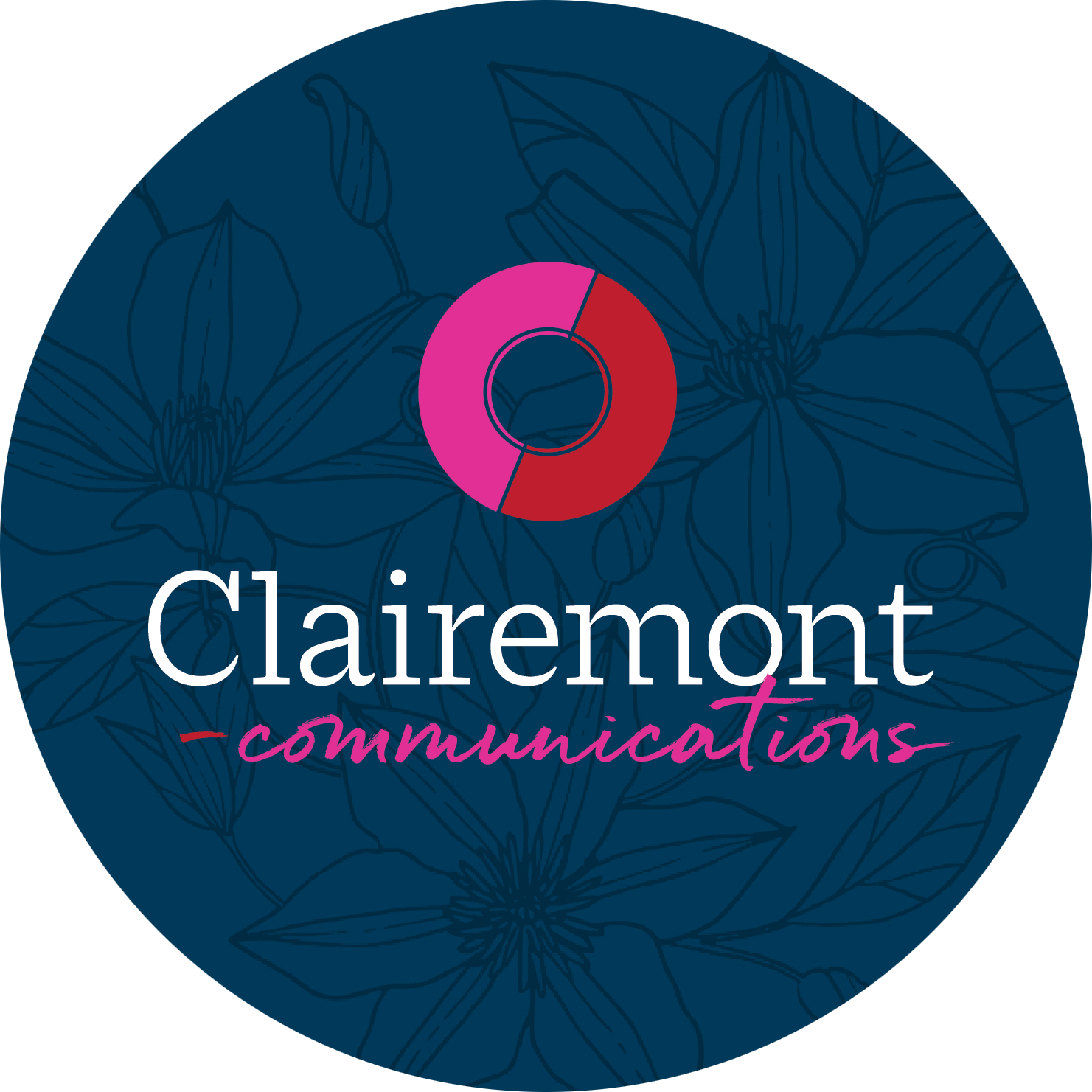After a century, Miss America banished its bikinis and scrapped its evening stilettos. For almost 100 years, this iconic national pageant touted the swimsuit and an evening gown competitions as defining hallmarks of its queen. In fact, the Miss America program was originally billed as a swimsuit pageant.
A head-tilting shift, for sure.
In today’s tumultuous social climate, businesses are undergoing constant self-evaluation to find their place in a dynamic market. Issues arise, expectations evolve and needs change. But how far do you go to stay profitable … or simply relevant? Dare you hurtle into a brand revamp?
While it broke tradition, the Miss America Organization didn’t actually overthrow its brand or rework its roots. Instead, it followed the premises of a brand evolution.
When is a brand evolution necessary, and what does it entail for your business?
Step 1: Assess the data. Identify the trend.
First, pinpoint evidence that prompts you to consider a shift. Is it a sales slump over time, a trackable market share decrease or – heaven forbid – ongoing negative publicity? Perhaps the signs aren’t cut-and-dried. How are the cultural climate and social dynamics evolving in relation to the tenants of your brand? The backlash of a sexual harassment lawsuit and the #MeToo era, for example, was a core factor that prompted the Miss America Organization to take a hard look at its program.
Step 2: Return to your roots.
When in flux, a tempting knee-jerk fix is to reinvent the wheel. Don’t. You created your business with a distinct vision to fulfill a specific need in the market. Take a moment to revisit your core founding principles — your goal and your mission.
What defines you? What problems are you aiming to solve for your target audience? What value do you bring in one or two concise statements? Once you’ve reconnected with these defining cornerstones, you’re ready to turn an eye to your brand.
Step 3: Explore the opportunities.
A brand evolution can entail a multi-faceted, full-scale campaign with fresh slogans, redesigned logos and new services and processes. But remember, a brand is not a logo or a slogan. I’ve heard it said that a brand is what people say about you when you’re not in the room. It’s the feeling or essence that prospects experience when your name is mentioned.
A brand evolution can spring from an assessment of the dialogue surrounding your business. For example, how can you shift the rhetoric describing your values? Based on your core tenants, what services, products or experiences do you need to add? And just as importantly, what do you need to let go? Are there any new audiences that need your refreshed presence?
Brand evolutions require a thoughtful, careful process based on research and meaningful discussion. Looking to boost your own brand presence? Drop us a line!

